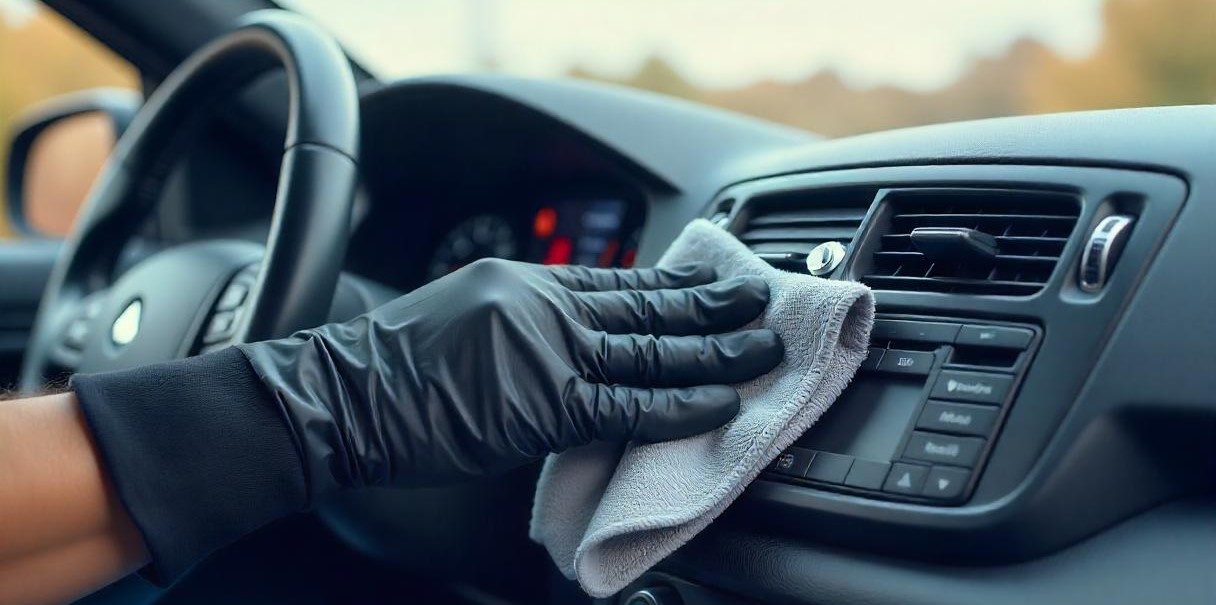|
Have you ever wondered how motor oil, sunscreen residues, or cleaning agents affect the materials in your vehicle?
ISO 16750-5 defines chemical stresses that may impact a vehicle’s electrical and electronic systems — from the engine compartment to the interior and exterior. It precisely specifies test media, application methods, and exposure conditions (time, temperature, and cleaning), tailored to the standard or customer requirements.
This test evaluates whether short-term exposure to specific chemicals affects a material or product. After exposure, samples are assessed: a material is considered resistant if no visible surface changes are observed after testing.
We perform media resistance tests on metal, plastic, composite materials, artificial leather, textiles, and glass.
|



